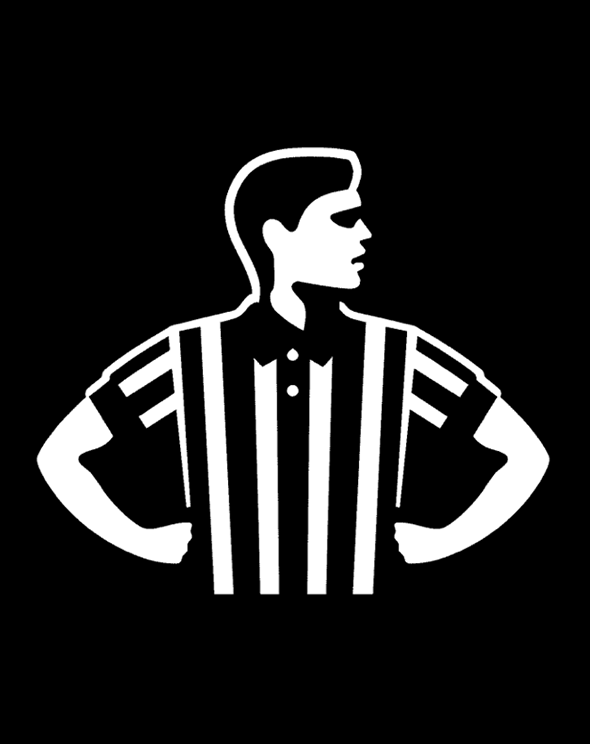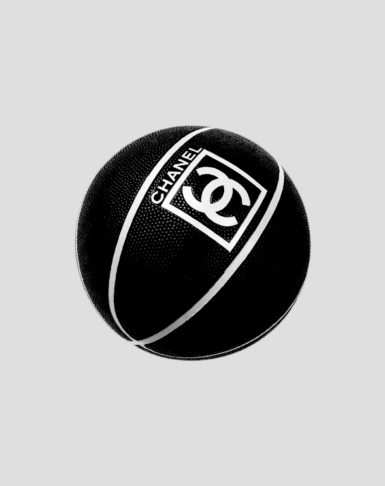This article originally appeared in The Drum.
Since announcing its Consumer Direct Offensive in 2017, Nike has scaled back shoe sales across retailers everywhere. The decision rocked the world of retail footwear, even before it faced the demands of digital acceleration.
While Nike’s withdrawal has affected no shortage of brands, from small independent shops to major retailers, the impacts seem marginal compared to Foot Locker.
An undeniable driver in this massive loss is that Nike makes up a significant portion of Foot Locker’s revenue – roughly 75%, according to Foot Locker’s 2020 report. No single retailer would be more than 60% of its sales in 2022, Foot Locker’s chief executive officer Richard Johnson said in an earnings call… which means Nike. It will still sell Nike shoes, but lower quantities of styles Nike is pushing through its website.
Even that massive drop in market value underestimates the impact of this shift. It’s not just about revenue or products. It’s the greater realization that, after decades of building a renowned reputation as a leading purveyor of sneakers and streetwear, the latest drops and styles might never hit its shelves again.
When digital influence was less prominent, faceless Foot Locker mannequins served as curators of style for an entire generation of kids, like me. Unlike Urban Outfitters, Zappos, DSW and Macy’s, Foot Locker has more to lose than shoes. The brand isn’t just another footwear retailer. It’s a staple in the sneaker community and a long-standing advocate of its fanatic sub-culture of sneakerheads – the same community that Nike, through the Air Jordan 1, is widely credited for catalyzing.
Eight years ago, my friend, fellow strategist and sneaker enthusiast Mario Berkeley spent some time as a Striper at Foot Locker’s most profitable location: Times Square, New York City. During his tenure, the two most valuable walls for shoppers (and Stripers) were the Men’s Nike Wall and the Women’s section, which was primarily Nike. “Many full-time employees have probably seen their checks get tighter,” he said. “Not to mention, it hurts the brand’s street cred in cities like New York where Foot Locker is more accessible to a lot of people than a flagship store.”
Losing the two biggest brands in sneakers, Nike and Air Jordan, calls Foot Locker’s brand position into question, challenges its vision for the future and threatens decades of hard-earned brand equity.
How this hurts Foot Locker’s brand
Foot Locker’s positioning and the genesis of its value is anchored in being at the heart of sport and sneaker communities, a foundation that may no longer be feasible if it doesn’t get first looks from the biggest sports brand in the world.
Nike’s departure challenges Foot Locker’s vision statement of creating unrivaled experiences for its customers. Whereas the swoosh brand’s decision is primarily fueled by its own Consumer Direct Acceleration strategy – a direct-to-consumer (DTC) approach that leverages digital to unlock long-term growth and profitability – part of that strategy includes eliminating “undifferentiated mediocre” retail partners.
The elimination of Foot Locker implies that its experiences are, to some degree, comparable to competitors’ and not differentiated enough to align with Nike’s future vision. Such a lack of endorsement sends signals that could negatively impact the perception of the Foot Locker brand among even its most loyal consumers and collaborators.
Why hope isn’t lost
Despite the impacts of Nike’s exit, hope in no way is lost for Foot Locker – far from it. However, this is a critical moment for the brand that must be handled deliberately and with intention. Foot Locker can continue to explore avenues that allow it to anchor itself at or near the center of sneaker culture.
It can look to collaborate more frequently with emerging culture opportunities, elevating up-and-comers alongside established brands – such as a local partnership with SDN. Foot Locker can double down on its community connections and drive exclusive, regional collaborations that connect to local culture in a way that’s genuine, deep and near-impossible to do on a national scale. It might even consider rekindling that old-school Slam Fest energy and bringing it to the next Sneaker Con with a curated line-up of athletes, celebrities and influencers.
To faithfully own its current position, Foot Locker must remind itself (and the world) that it’s not (only) about the shoes but the greater role it plays in culture and the unique throughline it possesses across the fashion, art, entertainment and sports worlds. Foot Locker could also pivot or lean into a new direction entirely. The only thing Foot Locker can’t afford to do is nothing.
Whatever the way forward, it’s in Foot Locker’s best interests to take this moment to re-evaluate the core tenets of its brand and re-engage stakeholders. It needs to tap into its rich heritage and ecosystem of enthusiasts (Stripers, collaborators and consumers) to continue serving the sneaker community in a distinct, meaningful and relevant way. In doing so, it may just rediscover its place in culture, with or without Nike.
Frankie Margotta is a Strategist


